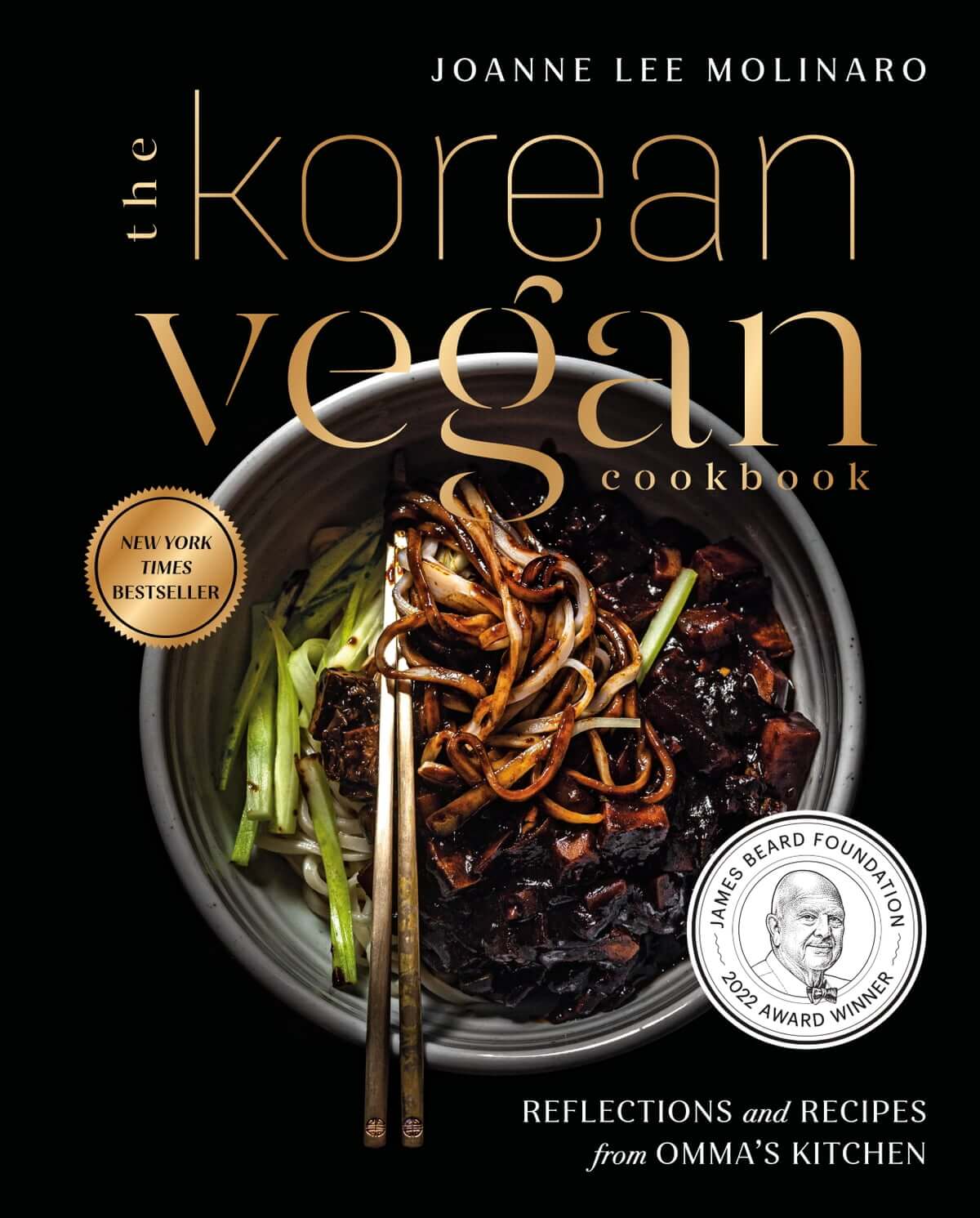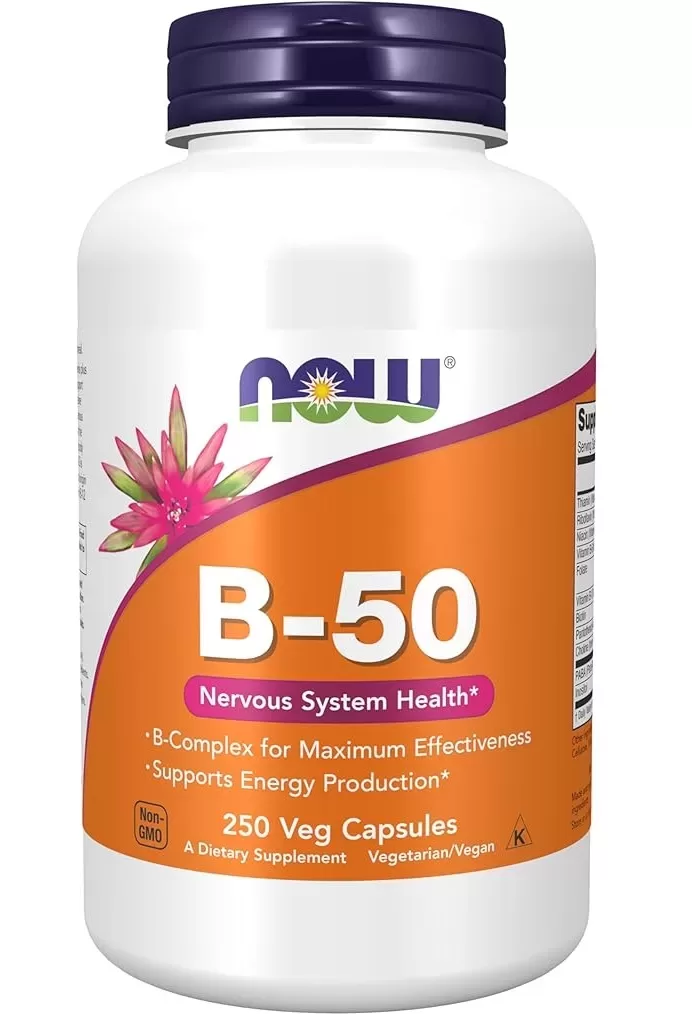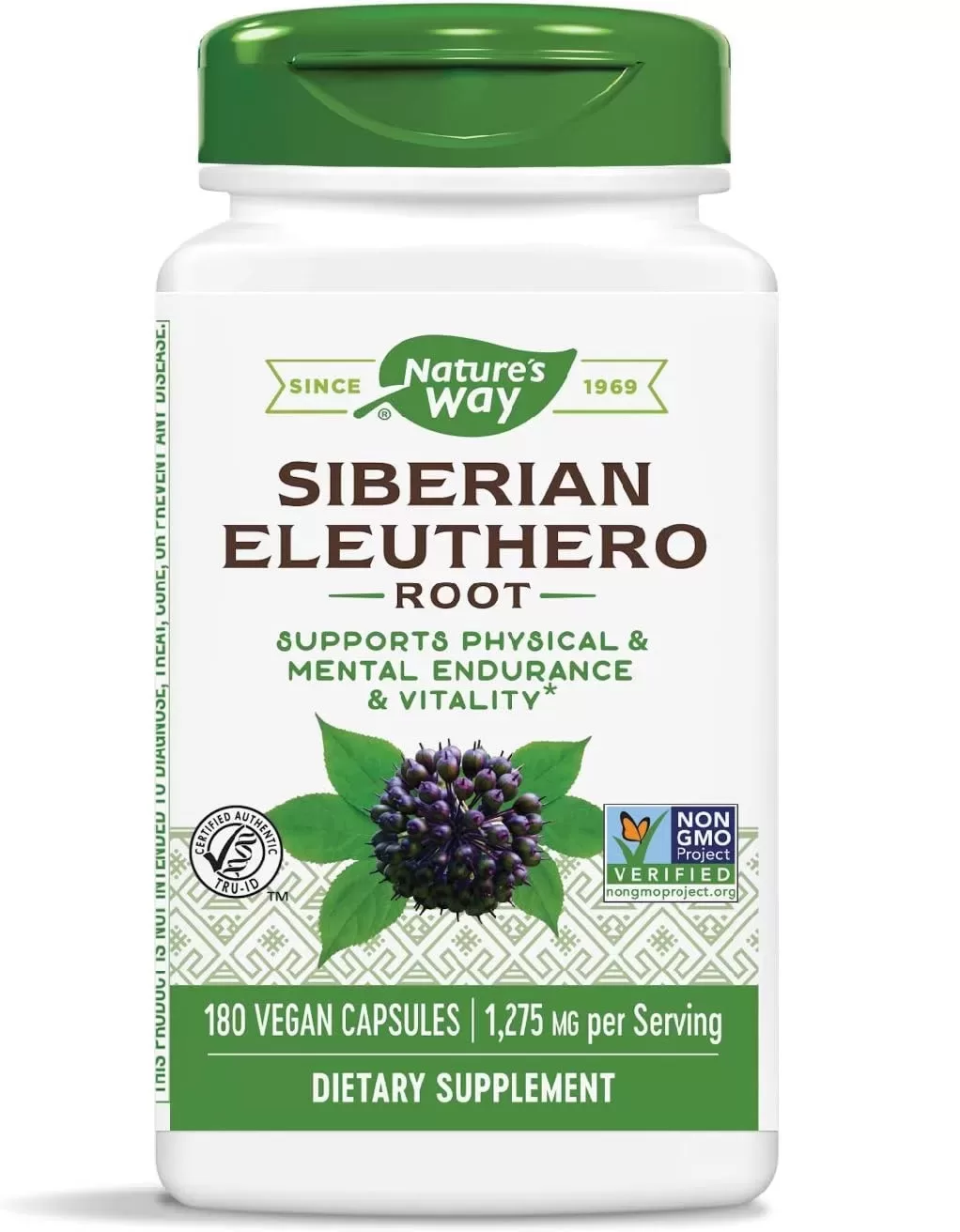With the sudden influx of cookware material in the market, you’ll have seen silicon cookware being used for cooking and serving food. Silicone is a rubber-based compound that can make non-stick pans, spatulas, and baking molds. However, many ask, can silicone go in the oven, and is it safe?
Silicone can go in the oven as long as it is food-grade silicone. Though you can directly place them on an oven rack, putting them on a sturdy tray and then on the rack is imperative to ensure ease of placing and sturdiness in the oven.
This article shall expand more on this topic. You will learn more about whether silicone baking molds can go in the oven, whether cookware is safe with silicone handles in the oven, whether silicone can melt, and if it is possible to place silicone on the oven rack directly. Read on to learn about silicone’s safe use and effectiveness.

Can Silicone Molds Go in the Oven?
Silicone molds can be placed in an oven, whether gas or electric ovens. However, the size matters because not all dimensions correspond to standard ovens.
(source: Mae-innovation)
All silicone is heat resistant; it will not combust when placed under high oven temperatures. Silicone molds are safe to cook meals and bake at high temperatures effectively.
Here are a few reasons why silicone molds are popular choice for baking:
- They are lightweight and easy to store.
- They are washable, reusable, and eco-friendly.
- They heat quickly and bake evenly.
- They are often non-stick and thus do not require greasing.
- They are stain-resistant.
Many chefs prefer smaller silicone cups to larger cake pans when baking muffins and cupcakes. This is because smaller silicone molds are stiff and difficult to bend.
While baking using silicone molds, here are a few precautions you should adhere to prevent any silicone damage. The precautions also reduce the risk of fire accidents or oven damage. They include:
- Do not place silicone molds close to flames in a gas oven.
- Make sure the temperature is constant and do not exceed the cooking time as detailed in the recipe.
- Ensure you place your silicone molds on perforated support, such as an aluminum baking tray.
Can Cookware with Silicone Handles Go in the Oven?
Cookware with silicone handles is safe to put up to 350 °F (176 °C) in the oven. However, if left in the oven for too long and repeatedly, the silicone turns hot and changes its feel becoming hard over time, causing damage. (source: Healthy-cookware)
Silicone can withstand high and low temperatures up to a specific limit. Its low thermal conductivity has become ideal for making insulating accessories that serve as handles and holders for cookware.
Although silicone protects your hand from the heat emitted from the rest of the metallic pot in the open, you should remove the silicone handle before placing it in the oven. You can replace or cover your pot once the oven cooking is done.
While placing the cookware with silicone handles in the oven, ensure the oven’s temperature limit does not exceed 350 °F (176 °C).
Preferably, choose to wet two paper towels and wrap them on the silicone handles. Add an extra double-layer of aluminum foil because it can handle high temperatures. This procedure allows you to cook your meals in approximately 30 minutes in a 450 °F (232 °C) oven. (source: World of Pans)
Does Silicone Melt in the Oven – at What Temperature?
Silicone does not melt when placed in the oven, provided the oven temperature does not exceed 500 °F (260 °C). This is good for bakers because most baking and cooking processes fall within this range.
However, if a recipe calls for high temperatures exceeding 500 °F (260 °C) you will be forced to opt for other options such as steel and cast iron since they are more robust compared to silicone products.
Silicone is hard to melt because it has no specific melting point. However, it may catch fire and burn at very consistent high temperatures. Probably much higher than a conventional oven will get to.
Additionally, note that silicone does not melt when placed in a microwave oven. With the capability of being heat resistant, silicone molds will not combust as quickly even if it is placed or used with high-temperature ovens or freezers. (source: Techie Scientist)

Is It Safe for Silicone to Go Directly on the Oven Rack?
It is safe for silicone to go directly on the oven’s metal rack because it is impervious to heat; Their ability to withstand high oven temperatures to a certain point makes them suitable for kitchen use.
As long as it is FDA-approved and is food-grade material, silicone bakeware can be directly placed on the oven racks up to 500 °F (260 °C). (sources: Bella Cupcake Couture and L’academie)
Based on their varying shapes and sizes, the biggest issue in placing them directly on the oven is if the type of silicone bakeware is small. Small molds risk slipping between the metal racks or spilling, making a mess.
Thus, placing them on a parchment paper and then on a tray is imperative to increase stability.
Silicone has been a game-changer and an excellent alternative for cookware. It comes with various benefits, including heat-resistant, durable, and cost-effective.
Lastly, note that silicone is safe for baking in the oven, and by following the precautions and tips expressed within the article, you will be able to handle silicone cookware with ease.












Comments are closed.